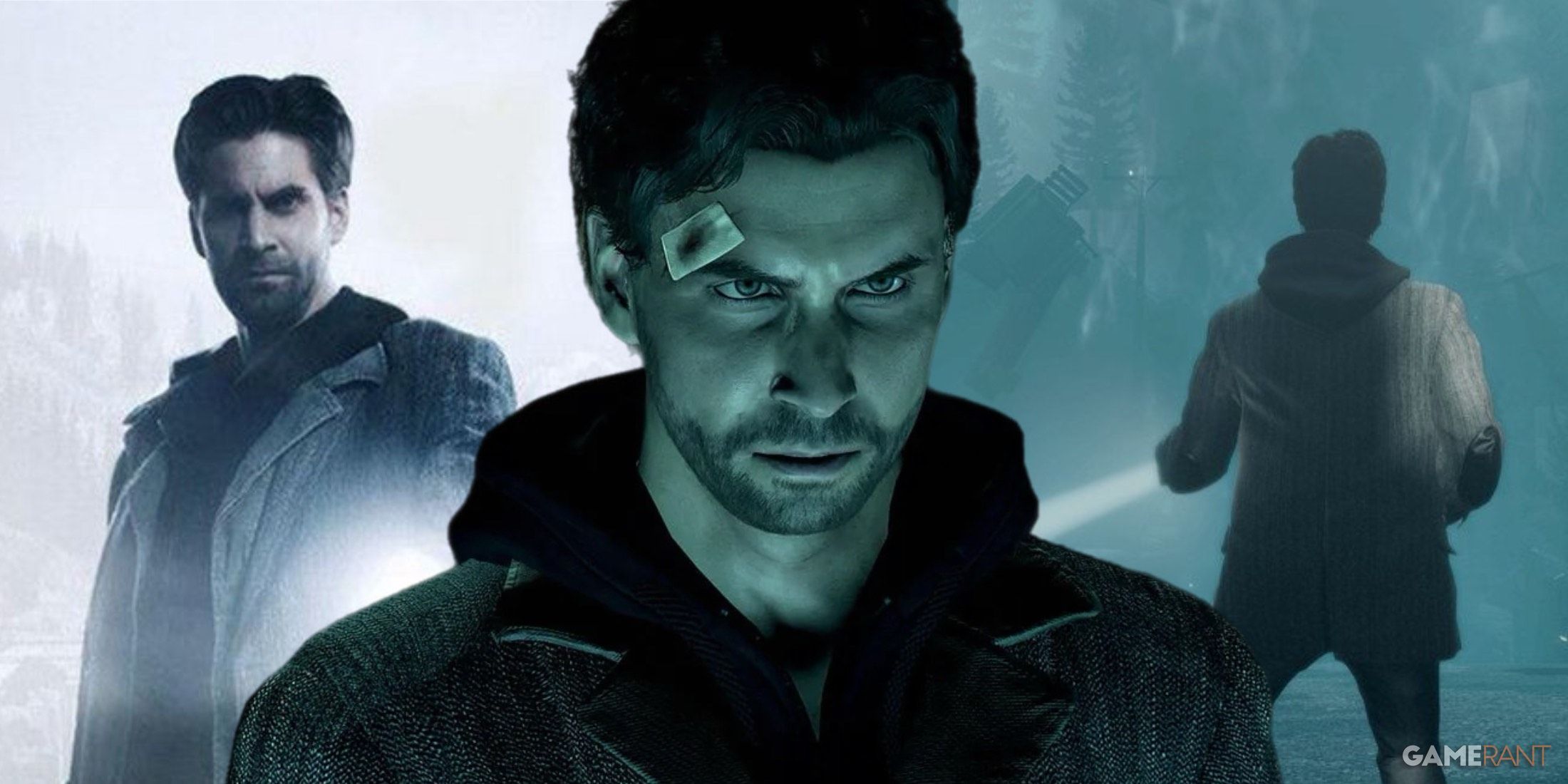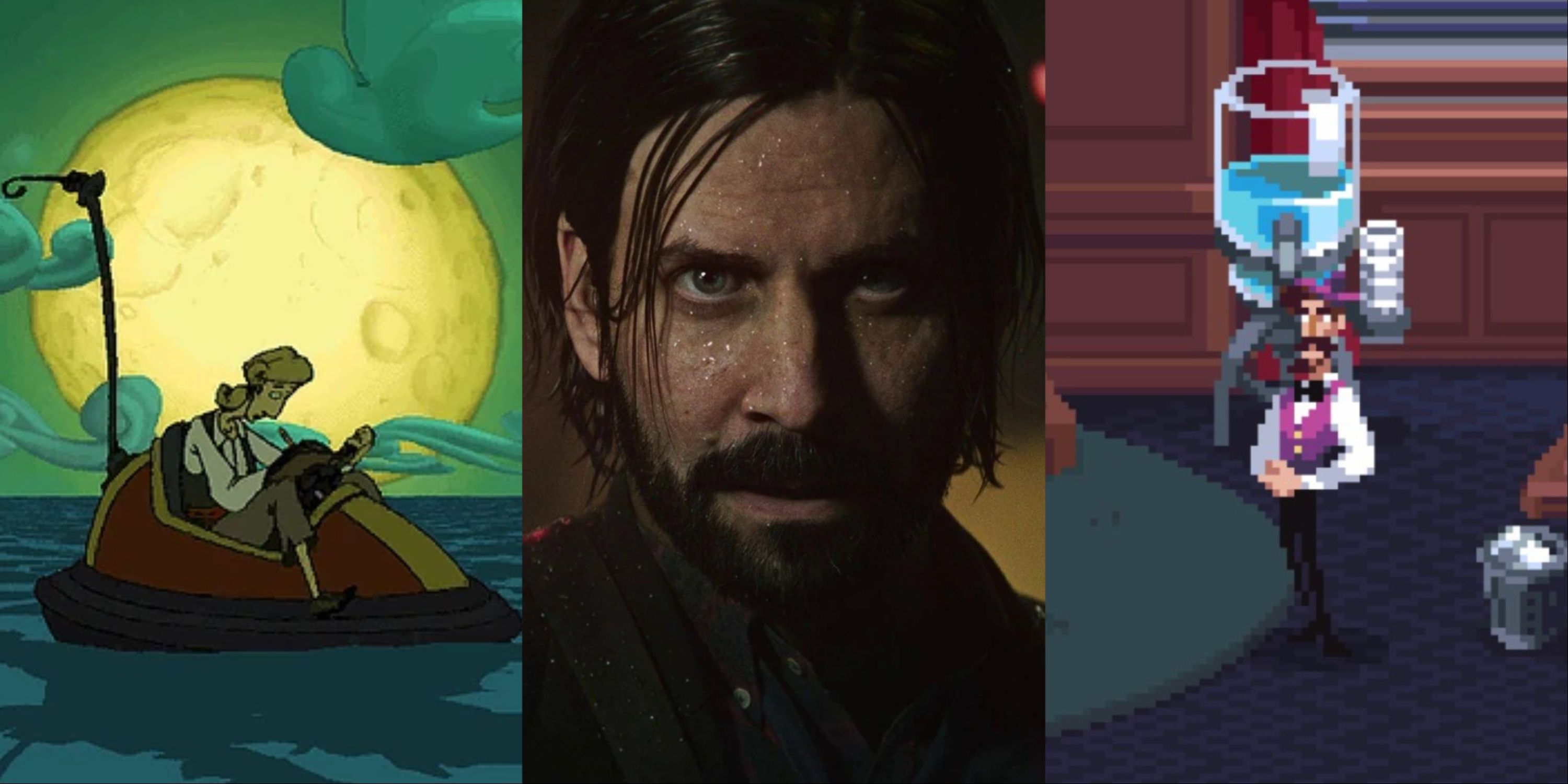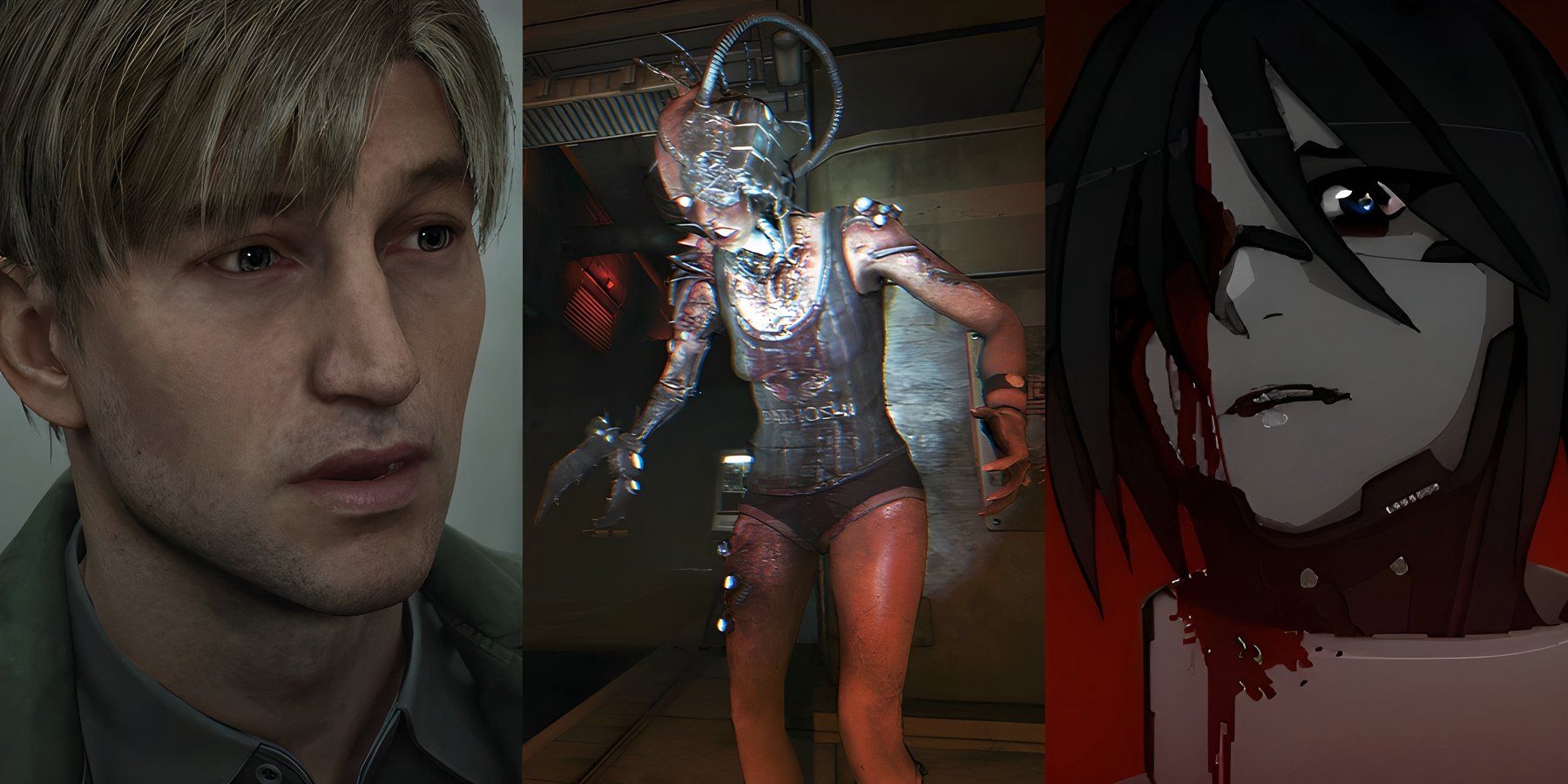When you think of the Finnish videogame industry, there are likely two studios that immediately spring to mind. For some, Remedy Entertainment — known for their Control, Alan Wake, and Max Payne series — might be the first that comes to mind. Others will undoubtedly think of the oldest video game company in Finland: Housemarque Oy. Celebrating its 30th anniversary this year, we were invited to their main office in the city centre of Helsinki for a tour of Housemarque’s new studio, a look back at their rich history, and a small glimpse into their future.
Upon entering the office building in Helsinki, visitors are immediately greeted by an impressive replica of the spacesuit worn by Returnal’s heroine Selene. It perfectly sets the tone for the rest of the tour and reflects the ambitious yet playfully enthusiastic atmosphere of the Helsinki-based studio.
Back in 1993, two separate studios became the first Finnish video game developers. Bloodhouse, founded by Harri Tikkanen, released its first videogame that same year: Stardust. An improved version of the game came out a year later for the Amiga 1200, aptly titled Super Stardust. Around the same time, Ilari Kuittinen and Stavros Fasoulas followed a similar path by founding their company, Terramarque, and creating the game Elfmania, which received mixed critical reception but sold well enough to keep the studio running. Their second project, P.I.D. (short for Private Investigator Dollarally), was cancelled mid-development due to the discontinuation of the Amiga. When the team at Terramarque considered porting the game to PlayStation, Fasoulas decided against it and left game development altogether.

Towards the end of 1994, Tikkanen and Kuittinen began working together more closely. By the summer of 1995, their companies merged into what we now know as Housemarque. This marked the beginning of a fruitful collaboration with Sony PlayStation that continues to this day, allowing Housemarque to grow and evolve its game design philosophy.
Kuittinen: “Becoming part of Sony PlayStation Studios a couple of years ago hasn’t really changed much about how we do business here at Housemarque. If anything, having better access to technology and funding has helped us reach a broader stage and given us the freedom to make the games we want to make. I mean, we’ve seen some changes in terms of building security, but that just comes with the territory.”
Looking back at multiple Sony PlayStation launches, Housemarque is one of the few studios that managed to release a new game within the launch window of four different PlayStation systems — with Super Stardust on PS3, Resogun on PS4, and Returnal on PS5 all receiving high praise. Kuittinen: “I’m not one hundred percent sure, but I believe we’re still the only company that’s hit four different launch windows for new systems.”
When Housemarque officially joined PlayStation Studios in June 2021, shortly after the release of Returnal in April of that year, the studio’s shift from being primarily known for arcade-style gameplay to a more narrative-driven experience came full circle. Gregory Louden joined Housemarque during Returnal’s development and helped write the game’s layered — and often optional — narrative centered on its protagonist, Selene. Now Creative Director at Housemarque, Louden believes that while narrative is increasingly important, gameplay should remain at the heart of the studio’s identity.
“I would say that we’re still gameplay-first. It’s about continuing that tradition. Story is a big component, but I’d always say that gameplay is what really drives us. When we developed Saros, it started with the game’s structure. We focused on responsive, flow-driven gameplay and how that feels from second to second, minute to minute, and how that scales to the hour-to-hour experience. The story is an added layer — it enhances the gameplay rather than getting in its way. That was true for Saros, and it will continue to be.”

One of the hurdles Louden encountered as Narrative Director on Returnal was integrating the story into gameplay without interrupting its flow.
“For Returnal, the key was not to interrupt the rhythm of the combat. We aimed to create rewarding narrative moments. For example, at the end of Act 1, there’s this big cinematic moment we refer to as ‘The Failed Escape’. I won’t spoil it for those who haven’t seen it, but players who have will know what I mean. It’s about pacing the story so the gameplay can shine. When you enter a new area for the first time, we slow things down to let the voiceover, music, and atmosphere take center stage. Importantly, players opt into our narrative — you can skip it if you want. I think the fact that we promote the House [in Returnal] makes it more alluring. Some players don’t go in, but most do.”
While players aren’t required to follow the story, Returnal has sparked plenty of theories. As Marketing Director Mikael Haveri points out: “There are entire Reddit threads dedicated to theorizing about the world of Atropos, the story, and its meaning. It’s fun to read those and see how the community has embraced the world we built.”
At first glance, narrative may not seem prominent in older Housemarque titles like Resogun, Dead Nation, and Alienation, but Kuittinen disagrees with that notion. “Even going back to the very beginning of Housemarque, there have always been layers of story in our games if you talk to the developers. Even in titles that may not seem to have a deep story, there’s often more beneath the surface.”

Louden agrees: “Having had the privilege to work as a visual artist on films like Gravity, Prometheus, and others, I quickly came to realize that we’re all storytellers. A visual artist tells a story, just like a director does.”
Looking around the studio, it’s clear that the team at Housemarque has a deep passion for their craft. From developing snowboarding and point-and-click games, to building technology used by studios like Guerrilla Games and optimizing the framerate of Killzone: Liberation in 2006, Housemarque has steadily built its legacy. With titles like Super Stardust HD, Resogun, Nex Machina, Returnal, and now the recently announced Saros, it’s evident that Housemarque knows what it’s doing.
Having moved into a new building in early February, their new home includes a cinema, music studio, and several development floors — though the latter weren’t accessible during our visit. Still, the rest of the studio is filled with artwork and memorabilia that celebrate Housemarque’s rich history.
If any fans were worried that Sony’s acquisition might have altered the studio’s identity or creative freedom, they can rest easy. Everyone we spoke to emphasized that becoming a PlayStation Studio simply gave them more freedom to realize their dream projects. If developers sometimes describe releasing a game as sending a child out into the world to see how it fares, then Returnal and Saros clearly don’t need a paternity test — their Housemarque DNA is unmistakable. And rightly so.









